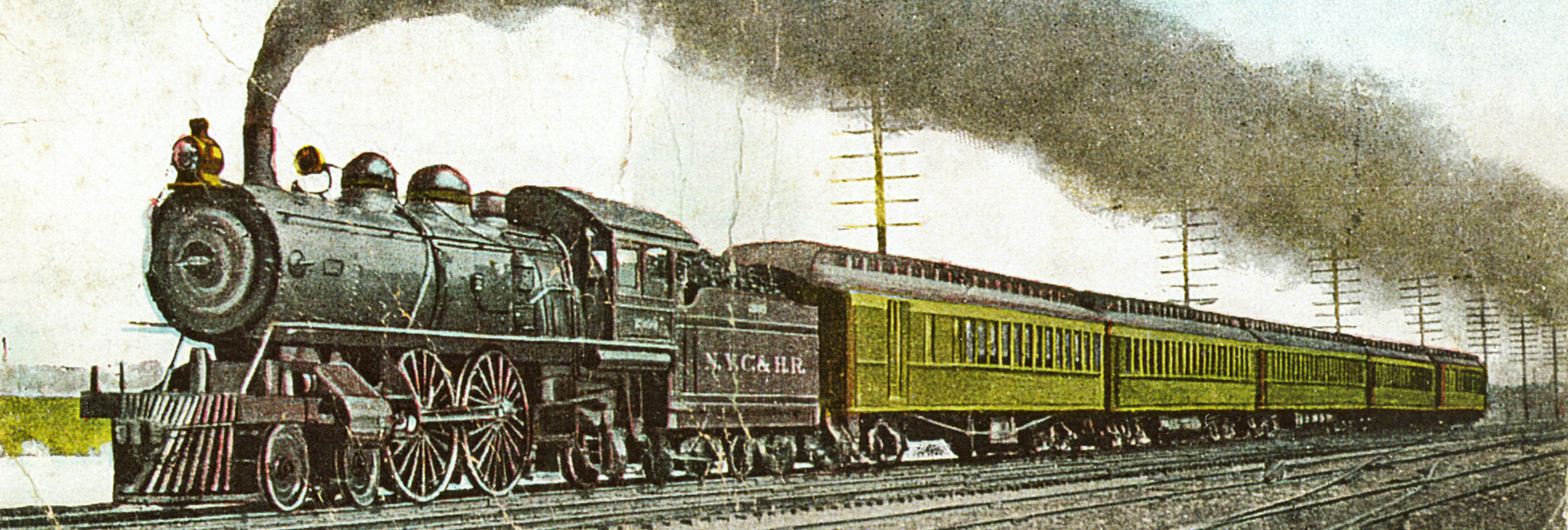
Photo Credit: Vivian Yess Wadlin
Corridor of Commerce
Articles and essays on Corridor of Commerce
Guidebooks on Corridor of Commerce
Lesson Plans on Industry and Social Change
Links to other online resources (Under "Regional History")
Student Works on Corridor of Commerce
Walkway Over the Hudson Oral History Project
The Hudson River has served as a corridor of commerce for as long as humans have lived along its banks. Archaeological evidence tells the story of Native American communities' use of the Hudson as a means to travel for hunting and trade. When the Europeans came to its shores they used it as a pathway deeper into Northern New York. As such, the length of the Hudson led the Dutch settlers to found their two largest cities at opposite ends of its depths; Albany, where it is joined by the Mohawk River, and the future New York City, where its waters pour out into the Atlantic.
With the growth and prosperity of New York City, trade along the Hudson increased. With the opening of the Erie Canal in 1825, the Hudson became a major link in trade from the East Coast to the rapidly opening West. In addition to transportation, the river and its shores were also treated as industrial resources. Business such as ice harvesting, brick making, and stone quarrying took place on the river itself, and the products were then shipped in season on the same. Iron manufacturing, ship building and whaling, and brewing dominated the 1800s. The following century saw an increase in high tech industry settling into the Hudson Valley, led by IBM and DuPont.
Despite the growth of industry along the Hudson, agriculture has remained a key piece of the regional economy. Its shores and weather create a perfect growing environment for grapes from award winning wineries; apple orchards and dairies flourish along the Hudson as well. Historically, as well as more recently due to niche gourmet farming, these enterprises have benefited by their proximity to New York City.
Finally, because of the Hudson's value as a corridor of commerce, it has seen amazing feats of innovation along its shore. Robert Fulton's landmark inaugural voyage of the North River Steamboat opened up America to the benefits of steam transportation on the waterways. Glenn Curtiss first proved the viability of air travel with his Hudson Flyer in 1910. Another enduring landmark of transportation innovation can be seen in the Poughkeepsie-Highland Railroad Bridge, now transformed into the Walkway Over the Hudson. Owing again to its strategic location, the valley became a hub for the early development of computer technology in the twentieth century, and a crossroads of manufacturing and distribution networks.